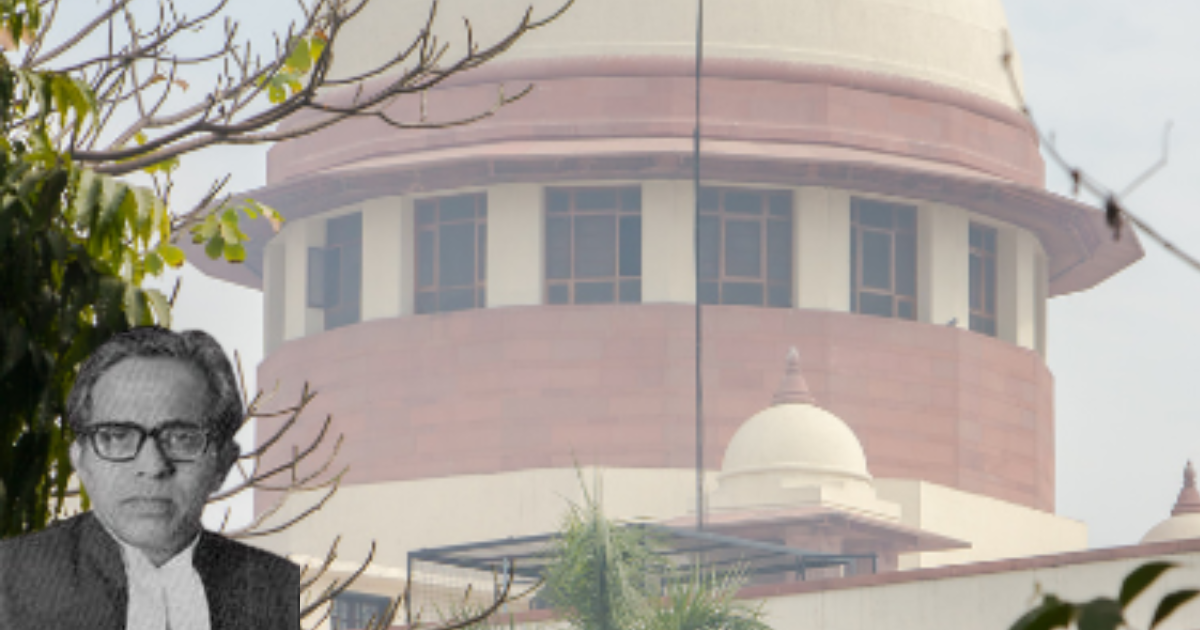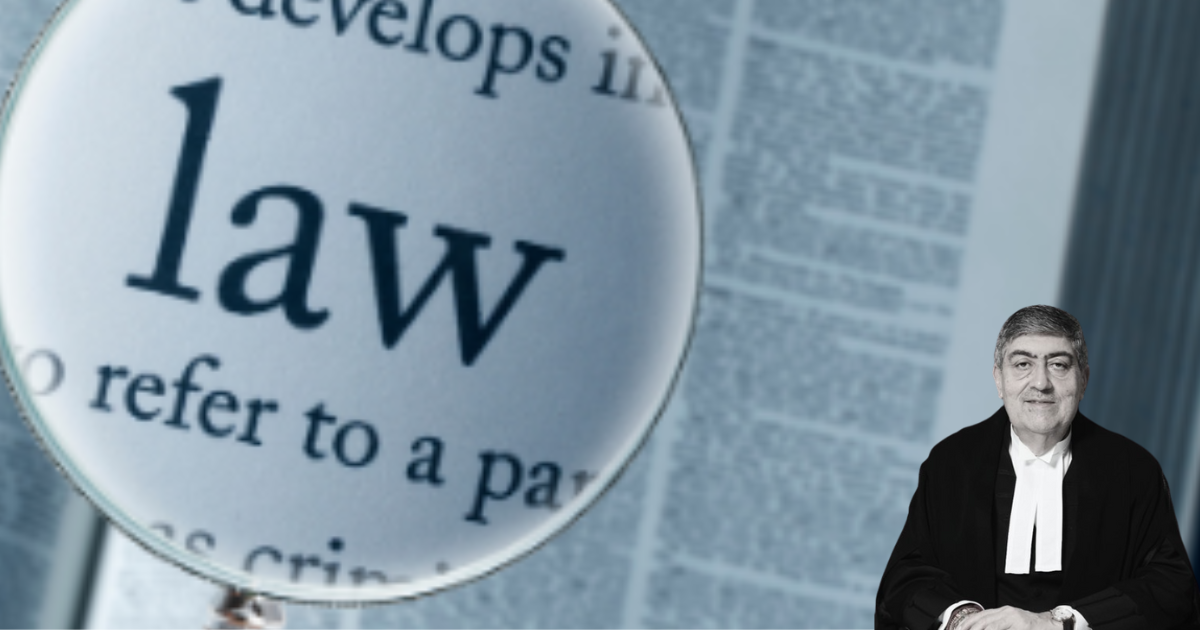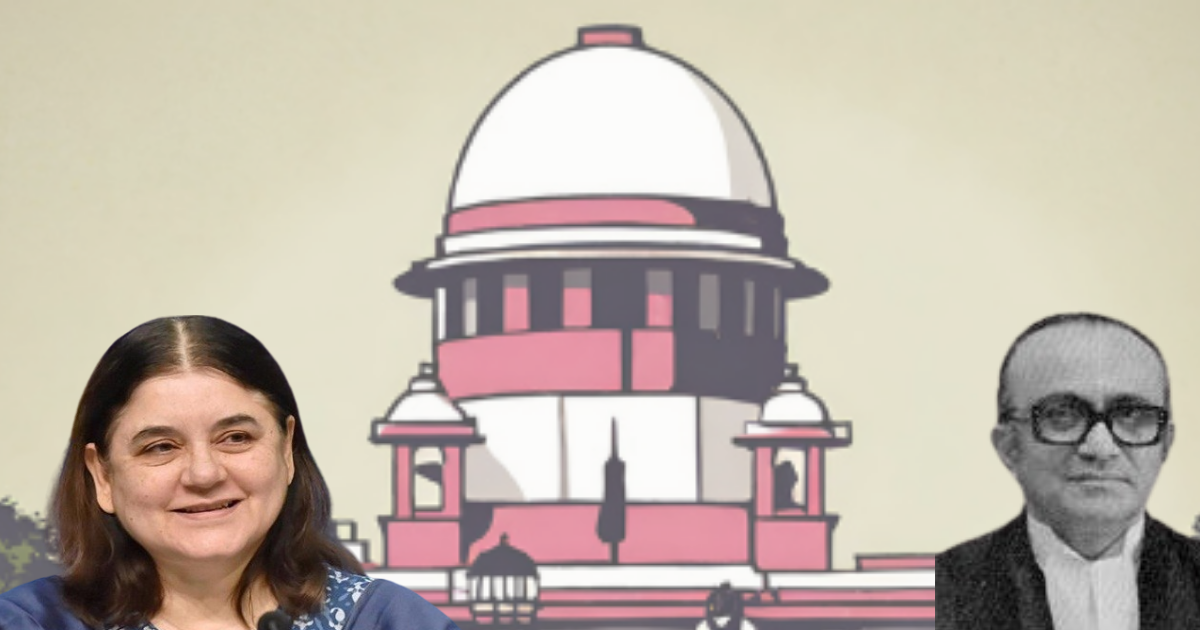In the constitution of India, the case of Minerva Mills Vs. Union of India (1980) emerges as a strategic maneuver that pivots around the delicate balance of power between the judiciary and the legislature. The legal narrative, featuring the protagonist Minerva Mills, unfolds against the backdrop of a constitutional amendment that sought to recalibrate the dynamics of judicial review. This judicial saga becomes a landmark defense of the doctrine of basic structure and the supremacy of the judiciary in upholding the constitutional ethos.
The story begins with Minerva Mills, a private textile company based in Bangalore, challenging the constitutional validity of certain provisions introduced by the 42nd Constitutional Amendment Act of 1976. The amendment, orchestrated during the tumultuous period of the Emergency, sought to curtail the power of judicial review by expanding the Parliament’s authority to amend the Constitution.
Minerva Mills, represented by a legal team led by renowned advocate N.A. Palkhivala, mounts a formidable challenge. The argument posits that the amendment, particularly Sections 4 and 55 of the 42nd Amendment, violates the basic structure of the Constitution. The crux of the matter lies in the contention that the amendment infringes upon the essential features that form the bedrock of the Indian Constitution, including the independence of the judiciary.
The legal analysis in Minerva Mills’ case delves into the core principles of constitutional supremacy. The Supreme Court, led by Chief Justice Y.V. Chandrachud and a bench of distinguished justices, grapples with the constitutional paradox of amending powers versus the immutable nature of the basic structure. The Court revisits the Kesavananda Bharati case, a precedent that upheld the doctrine of basic structure, to scrutinize the amendments in question.
In a momentous judgment, the Supreme Court delivers a resounding defense of judicial supremacy. The Court strikes down the offensive provisions of the 42nd Amendment, affirming that Parliament’s amending power does not extend to altering the basic structure of the Constitution. The judgment, articulated by Chief Justice Chandrachud, reinforces the judiciary’s role as the guardian of the Constitution and the ultimate arbiter of its sanctity.
The legal reverberations of Minerva Mills’ case echo through the constitutional corridors. The judgment establishes a formidable precedent, reinforcing the inviolable nature of the basic structure doctrine. It underscores the judiciary’s authority to strike down constitutional amendments that pose a threat to the foundational principles of the Constitution.
The aftermath of Minerva Mills’ case becomes a watershed moment in constitutional jurisprudence. The judgment shapes the contours of constitutional amendments, laying down a blueprint that shields the essential features of the Constitution from arbitrary modifications. It fortifies the judiciary’s role as the sentinel on the qui vive, ensuring that the constitutional edifice remains impervious to transient political expediencies.
Lastly, I must consider the argument of Mr. Palkhiwala that almost any and every law would be within the protection of the 341 amended Article 31C because it would be referable to some Directive Principle or the other. I think this is an argument of despair. Articles 39 to 51 contain Directive Principles referring to certain specific objectives and in order that a law should be for giving effect to one of those Directive Principles. there would have to be a real and substantial connection between the law and the specific objective set out in such Directive Principle. Obviously, the objectives set out in these Directive Principles being specific and limited, every law made by a legislature in the country cannot possibly have a real and substantial connection with one or the other of these specific objectives. It is only a limited number of laws which would have a real and substantial connection with one or the other of specific objectives contained in these Directive Principles and any and every law would not come within this category. Mr. Palkhiwala then contended that in any event, the Directive Principle contained in Article 38 was very wide and it would cover almost any law enacted by a legislature. This contention is also not well founded. Article 38 is a general article which stresses the obligation of the State to establish a social order in which justice-social, economic and political shall inform all the institutions of national life. It no doubt talks of the duty of the State to promote the welfare of the people and there can be no doubt that standing by itself this might cover a fairly wide area but it may be noted that the objective set out in the Article is not merely promotion of the welfare of the people, but there is a further requirement that the welfare of the people is to be promoted by the State, not in any manner it likes, not according to its whim and fancy, but for securing and protecting a particular type of social order and that social order should be such as would ensure social, economic and political justice for all. Social, economic and political justice is the objective set out in the Directive Principle in Article 38 and it is this objective which is made fundamental in the governance of the country and which the State is laid under an obligation to realise. This Directive Principle forms the base on which the entire structure of the Directive Principles is reared and social, economic and political justice is the signature tune of the other Directive Principles. The Directive Principles set out in the subsequent Articles following upon Article 38 merely particularise and set out facets and aspects of the ideal of social, economic and political justice articulated in Article 38. Mr. Palkhiwala’s complaint was not directed against the use of the words ’political justice’ in Article 38 but his contention was that the concept of social and economic justice referred to in that Article was so wide that almost any legislation could come within it. I do not agree. The concept 342 of social and economic Justice may not be very easy of definition but its broad contours are to be found in some of the provisions of the Fundamental Rights and in the Directive Principles and whenever a question arises whether a legislation is for giving effect to social and economic justice, it is with reference to these provisions that the question would have to be determined. There is nothing so vague or indefinite about the concept of social or economic justice that almost any kind of legislation could be justified under it. Moreover, where a claim for protection is made in respect of a legislation on the ground that it is enacted for giving effect to a Directive Principle, the Directive Principle to which it is claimed to be related would not ordinarily be the general Directive Principle set out in Article 38, but would be one of the specific Directive Principles set out in the succeeding Articles, because as I said before, these latter particularise the concept of social and economic justice referred to in Article 38. I cannot therefore subscribe to the proposition that if the Amendment in Article 31C were held valid, it would have the effect of protecting every possible legislation under the sun and that would in effect and substance wipe out Articles 14 and 19 from, the Constitution. This is a tall and extreme argument for which I find no justification in the provisions of the Constitution. I would therefore declare Section 55 of the Constitution (Forty second Amendment) Act, 1976 which inserted sub-sections (4) and (5) in Article 368 as unconstitutional and void on the ground that it damages the basic structure of the Constitution and goes beyond the amending power of Parliament. But so far as Section 4 of the Constitution (Forty-second Amendment) Act, 1976 is concerned. I hold that, on the interpretation placed on the amended Article 31C by me, it does not damage or destroy the basic structure of the Constitution and is within the amending power of Parliament and I would therefore declare the amended Article 31C to be constitutional and valid. I have also given my reasons in this judgment for subscribing to the order dated 9th May, 1980 made in Waman Rao’s case and this judgment ill so far as it sets out those reasons will be formally pronounced by me when Waman Rao’s case is set down on board for judgment.
Citation: 1980 AIR 1789 1981 SCR (1) 206 1980 SCC (3) 625
Case Title: MINERVA MILLS LTD. & ORS. Vs. UNION OF INDIA & ORS.



